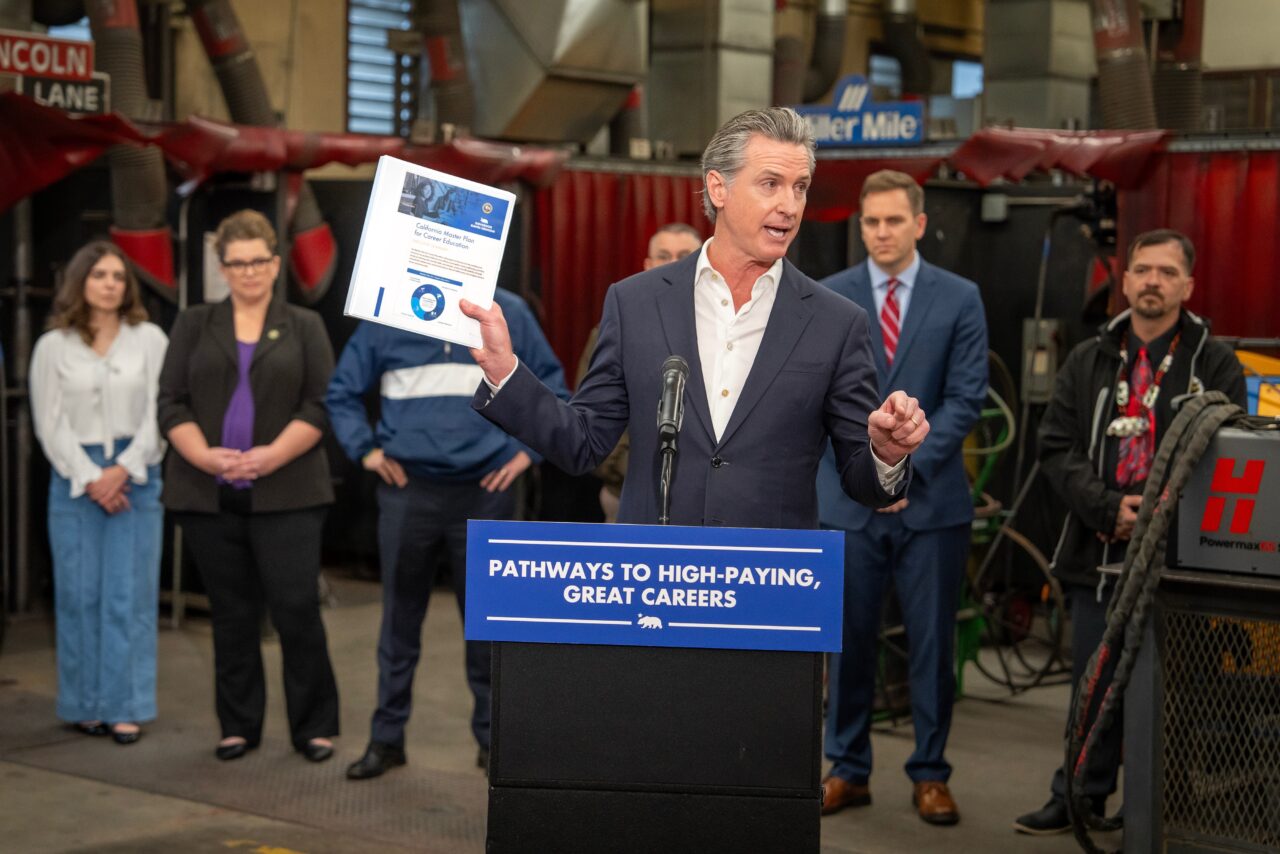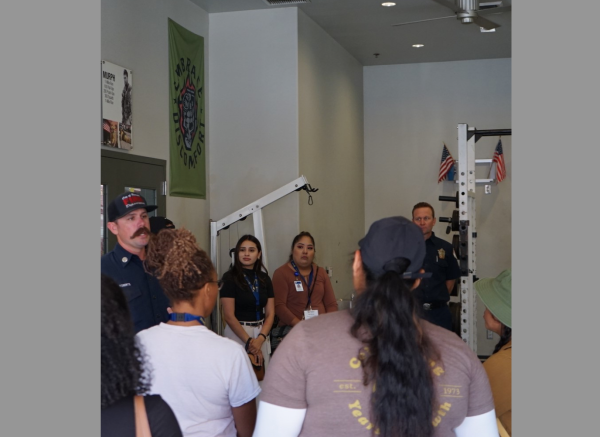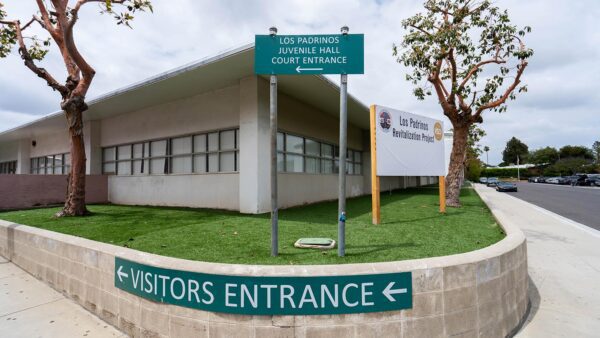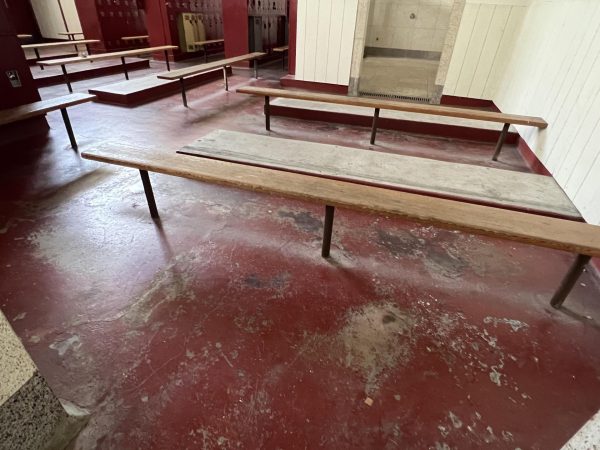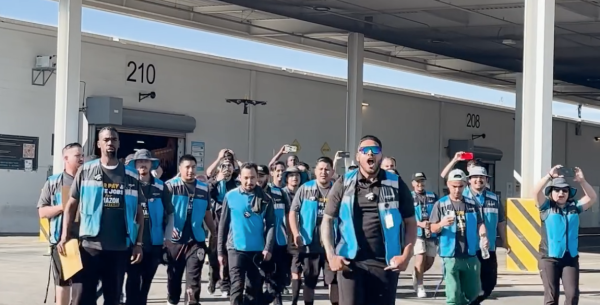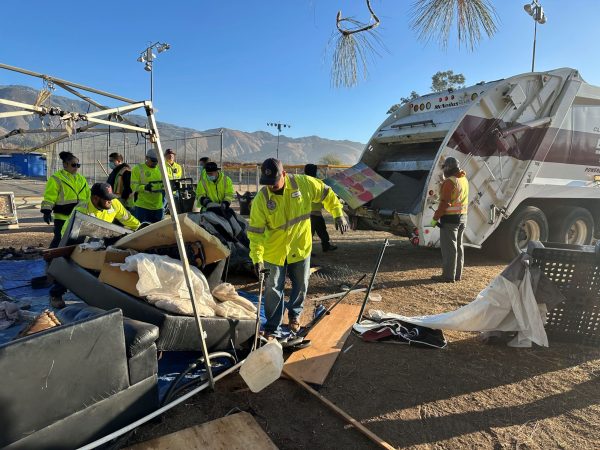Monday, Governor Gavin Newsom unveiled the final framework for the Master Plan for Career Education to make it easier for Californians to receive college credit for their real-world experience — especially veterans — and create more pathways to careers in California. The governor also announced the removal of a college degree or other educational requirements for nearly 30,000 state jobs, along with a new goal to double that number. The Master Plan will be supported by funding in the upcoming state budget.
“Every Californian deserves the opportunity to build real-life skills and pursue a fulfilling career — including those that don’t require college degrees,” said Newsom. “California is working to ensure that every person has what they need to get a well-paying, long-lasting job so we can build an economy for the future that supports all families.”
The plan introduces several key instruments aimed at facilitating career opportunities without necessitating higher education. Central to these innovations is the “Career Passport” — a digital portfolio that integrates traditional academic records, like college transcripts, with verified skills and credentials earned outside the classroom, such as military service, job training, or volunteer work. Employers will be able to use the Career Passport to see a validated record of a person’s abilities, helping to shift hiring practices toward valuing skills over just degrees.
As part of a $100 million budget investment to implement key components of the Master Plan, Newsom is proposing scaling the state’s Credit for Prior Learning (CPL) effort to make it easier for Californians to turn their real-world experience into college credit. For example, veterans could earn credit for skills learned during military training, or students who volunteered through a service corps could apply their experience toward their education once this effort is implemented.
According to the governor’s office, veterans would receive an estimated average of $26,115 in immediate savings and $161,115 in lifetime benefits, translating to $3.7 billion in preserved educational funds and $28.8 billion in long-term economic benefits over 20 years, while also closing equity gaps.
While some colleges already award credit for prior experience, this new effort aims to create a statewide system so more people can benefit. The budget investment is expected to benefit 250,000 Californians, including 30,000 veterans.
The framework also calls for the creation of a new statewide planning and coordinating collaborative of educators, workforce training providers, employers, and community members to evaluate economic changes and workforce needs, coordinate efforts to maximize funding and programs, and develop strategies to prepare students and workers for the evolving economic landscape. Newsom’s initiative targets a broad spectrum of career sectors, notably healthcare, technology, climate, and education, in a bid to match educational output with job market demands.
At the regional level, the Master Plan emphasizes expanding work-based learning opportunities like paid internships, and simplifying funding processes to make resources more accessible. According to the framework, “High schools and colleges should provide students with opportunities to engage in work-based learning, including internships, service learning, pre-apprenticeships, and apprenticeships.” The plan encourages creating pathways for high school students to take college courses that allow them to earn industry-recognized credentials and complete courses that count toward associate and bachelor’s degrees.
Newsom also announced the state has now removed college degrees or other certain educational requirements for nearly 30,000 state jobs and a new goal to double that number next year.
However, the plan recognized the value of a college education, noting that the top 10% of
earners — those who make an average of more than $300,000 per year — earn 10 times more than families at the bottom 10% of the scale, who scrape by on only $29,000. This gap, according to the framework, has been fueled by earnings gains among educated workers. Households with an earner who has a bachelor’s degree are making 33% more now than similar households did in 1980, while households in which no one has graduated from college have seen wages decline by 8%.
“The economic divide underscores the imperative for a more coherent career education infrastructure that is forward-looking, equitable, accessible, and aligned with California’s diverse needs. Degree attainment cannot be the only pathway to stable, well-paid work,” the plan states. “Even though individuals with bachelor’s degrees earn significantly more over their lifetimes than those without, degrees are not a panacea, particularly in the absence of practical experience and social capital. Moreover, the financial burden of education poses significant barriers for many Californians, particularly as driven by the high cost of living and compounded by the complexities of accessing public benefits that would make education more affordable.”

